Consistent Branding : In today’s fast growing digital world, maintaining a consistent brand identity is very crucial. As organizations attempt to attract and maintain the attention of their audiences, maintaining brand consistency across all channels has become an important factor of a successful marketing strategy.
What do you mean by brand consistency?
Brand consistency involves showing a consolidated image and voice across all channels and platforms which includes everything from your website and social media profiles to email communications, marketing materials, and customer service interactions. Consistency ensures that your audience encounters the same message, experiences the same visuals, and perceives the same values no matter where or how they engage with your brand.
Why is Brand Consistency Important?
- Builds credibility and trust: Your brand becomes noticeable and reliable if it is consistent. Audiences trust your brand when they know what to expect from it. A unified brand image makes sure that the audience is dealing with a reputable and dependable organization.
- Increases brand recognition: Being consistent makes your brand easy to recognize and memorable to your audience. A consistent use of your logo, colors, typography, and messaging across all channels establishes a strong visual identity that distinguishes your brand in a crowded market.
- Enhances brand identity: A consistent brand strengthens your identity and positioning by clearly and uniformly conveying your values, mission and vision emphasizing what your organization stands for and differentiating it from your competitors.
- Boosts customer experience: If your brand is consistent across all channels, it increases your overall customer experience. Audiences value seamless and familiar experience with your brand, whether they’re interacting on social media browsing your website, or reading your emails.
- Increased marketing efforts: Consistent branding increases your marketing efforts delivering a consolidated message that connects with your audience, building a coherent and compelling story that makes campaign more powerful and effective.
.
How to Achieve Brand Consistency?
- Build clear brand guidelines: Building comprehensive brand guidelines is important to make sure that the brand is consistent as they include all the elements of your brand’s visual and verbal identity, that includes logo usage, color palette, typography, imagery, tone of voice, and messaging.
- Upskill your team: To maintain alignment with your brand’s identity and messaging, make sure that all employees understand and follow the brand guidelines through regular training sessions and accessible resources.
- Ensure Alignment Across Platforms: Make sure that your brand is aligned across platforms by configuring vendor systems to match your branding, as the RQ Platform is specifically built to help you efficiently manage applications and review programs while adhering to your brand’s guidelines.
- Monitor and Update Regularly: Regularly monitoring your brand’s presence across all channels helps in maintaining consistency, and make updates as necessary to reflect any changes in your brand identity or market positioning.
Brand consistency goes beyond maintaining a consistent appearance; it’s about building a trustworthy, noticeable brand that resonates with your audience. You can strengthen your brands credibility, enhance customer experience, and drive greater marketing success by ensuring its consistency across all channels













